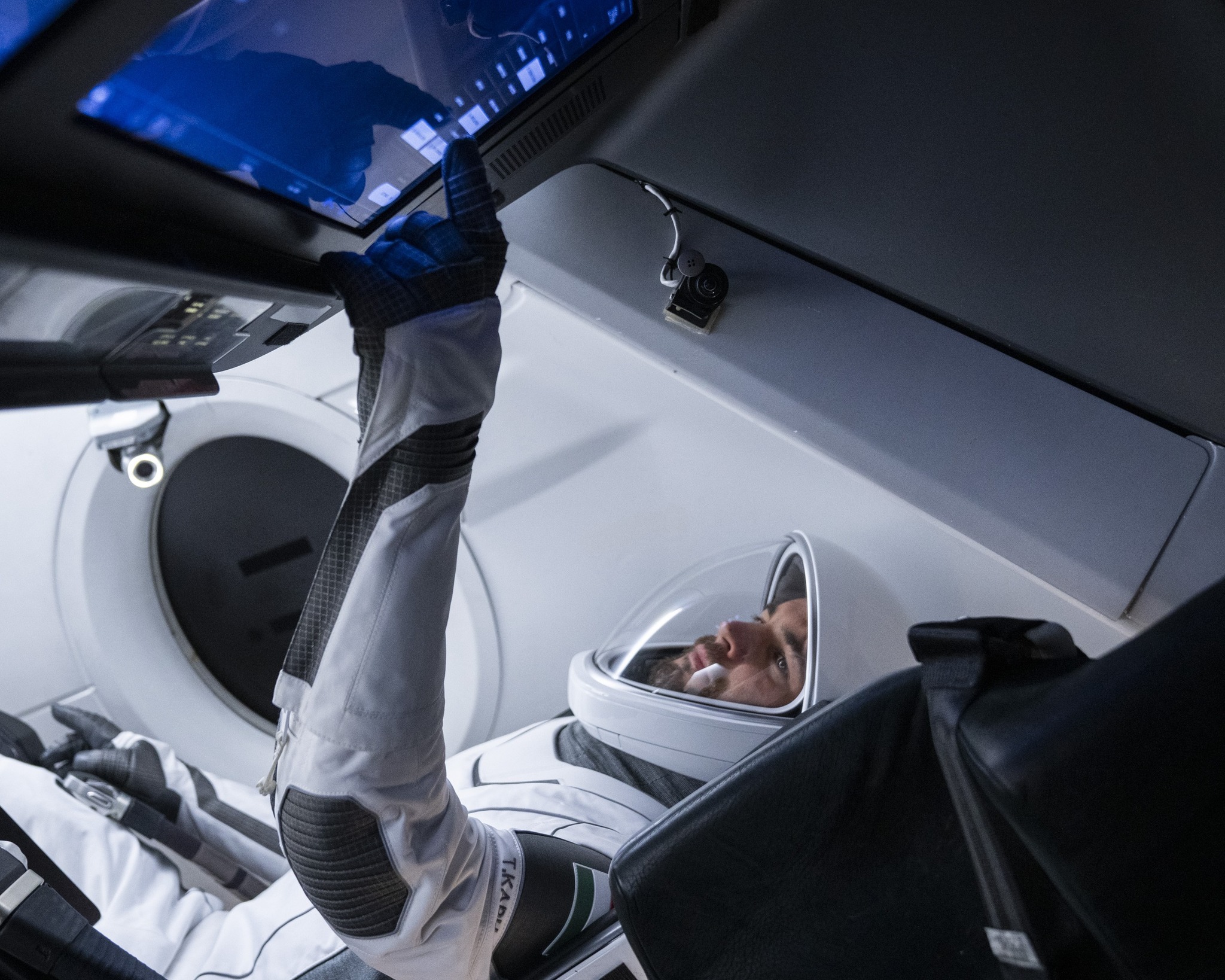
A Hungarian expert's view on our country's role in manned spaceflight and the Mars objectives.Continue reading

The long-awaited moment has arrived: after numerous delays, the Ax-4 crew members, including Hungarian Tibor Kapu, American Peggy Whitson, Polish Slawosz Uznanski-Wisniewski, and Indian Shubhanshu Shukla, have finally launched into space. The launch took place at 2:31 a.m. local time (8:31 a.m. Central European Time ) from the Kennedy Space Center in Florida.
Their Crew Dragon space capsule has been launched into space by SpaceX’s Falcon 9 rocket. The Ax-4 mission is Axiom Space’s fourth commercial astronaut mission. Commander Peggy Whitson is an experienced former NASA astronaut and current Director of Human Spaceflight at Axiom Space.
Beautiful shot of our launch vehicle waiting patiently to take us to space. #Ax4 pic.twitter.com/fmGlhrPExH
— Peggy Whitson (@AstroPeggy) June 24, 2025
For her three companions, however, the mission is unique: not only is it their first time in space, but it has also been over 40 years since their respective nations last sent a human into space. Hungary is participating in the mission with its second astronaut. However, this will be the first time that a Hungarian astronaut will reach the International Space Station, which has been in operation since 1998. Hungarian astronaut Bertalan Farkas traveled to space in 1980, as part of the Interkosmos program, to the Salyut-6 space station.
The space capsule is expected to dock with the International Space Station (ISS) on June 26 at 7 a.m.
The mission crew is scheduled to spend 14 days aboard the ISS.
For a long time, the exact date of the mission was unknown, as it depended heavily on the return of the NASA astronauts stuck on the ISS. After their return in March, the first date of the Ax-4 mission was announced at the end of April. The launch of the mission was then postponed several times, with the previous scheduled date being last Sunday morning.
Ax-4 is go for launch! pic.twitter.com/mnGATK01gf
— SpaceX (@SpaceX) June 25, 2025
Shortly after launch, Tibor Kapu checked in from aboard the Dragon spacecraft, sending a message to Hungarians:
15 million Hungarians have lifted me up to this point. Your support is like embers glowing beneath gray ashes. It glows quietly, but when wood is thrown on it, it bursts into flames. I am grateful and proud to represent my country. I thank my family and friends for being my strongest supporters. Your voices are louder than our rocket, your strength is greater than gravity. Space belongs to everyone, and there is only one Earth. We started from four different points on our planet, but we arrived here as companions and friends, and our mission is also yours. I would like to thank everyone around the world who contributed to this beautiful day. Everything is difficult for one person, but nothing is impossible for many. Go Ax-4!”
Kapu, a mechanical engineer, was selected as an astronaut for the Hungarian to the Orbit (HUNOR) Program last year. A total of 240 people applied for the mission in Hungary, of which the list was later narrowed down to four candidates. The candidates underwent extensive training and tests, and the selected astronaut and his reserve, Gyula Cserényi, were named in spring last year.
As part of the HUNOR program, the Hungarian mission specialist will carry out experiments and scientific initiatives from Hungarian universities, research groups, and companies on board the ISS. The aim of the Hungarian astronaut program is to put not only the domestic space sector players but also Hungary itself in a competitive position internationally in one of the most dynamically developing industries of the 21st century. By participating in the space mission, Hungarian space research companies and higher education institutions will gain “space heritage” through the tools and knowledge they develop, which is a prerequisite for entering the global market.
The four-person crew will conduct nearly 60 experiments from 31 countries. Kapu will carry out about 25 experiments. Experimental plans, instrument development concepts, and science popularization initiatives have been received from all over the country. The experiments cover a wide range of topics, including Earth observation, materials science, radiation science, fluid physics, data mining, virtual reality (VR), and pharmaceutical research.
Featured image: Facebook/HUNOR – Magyar Űrhajós Program